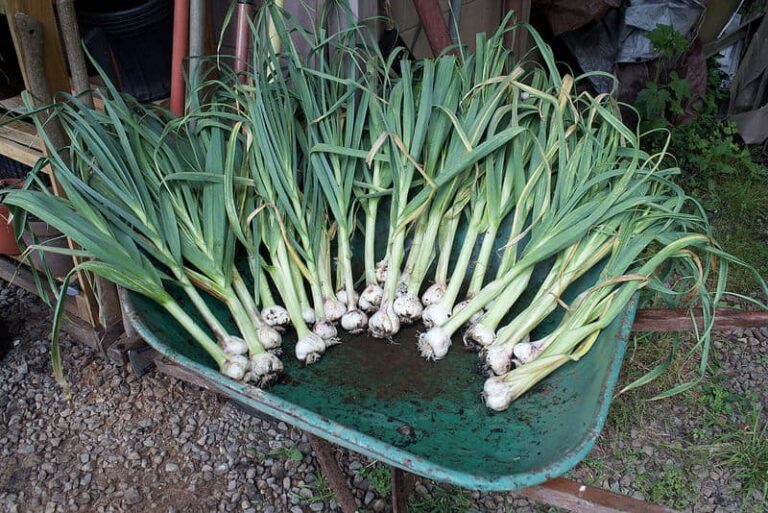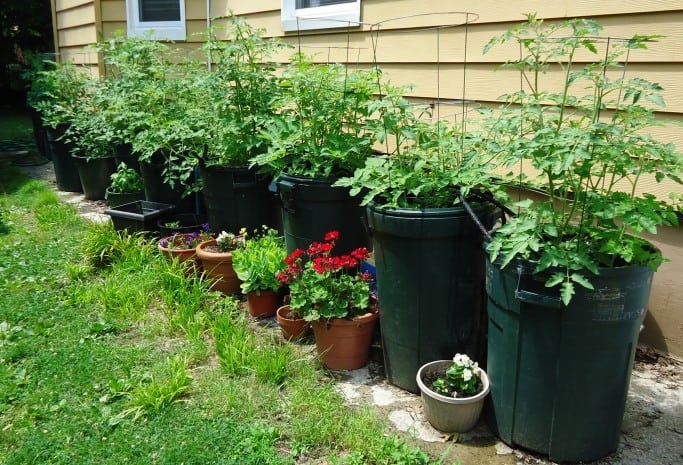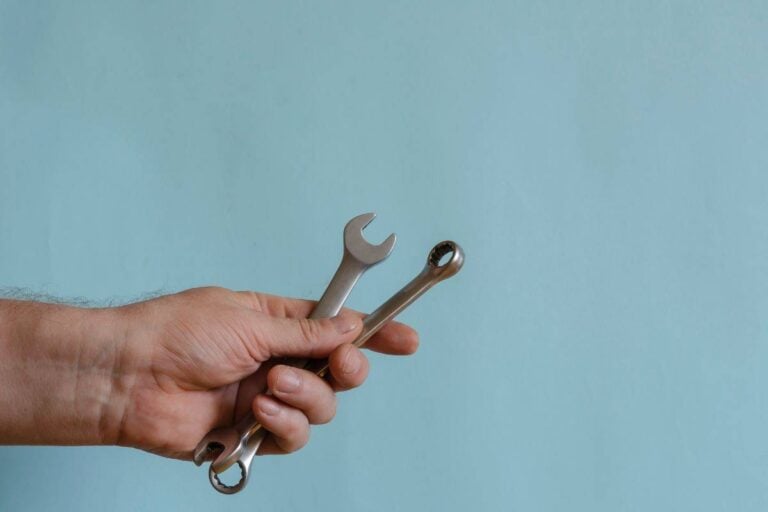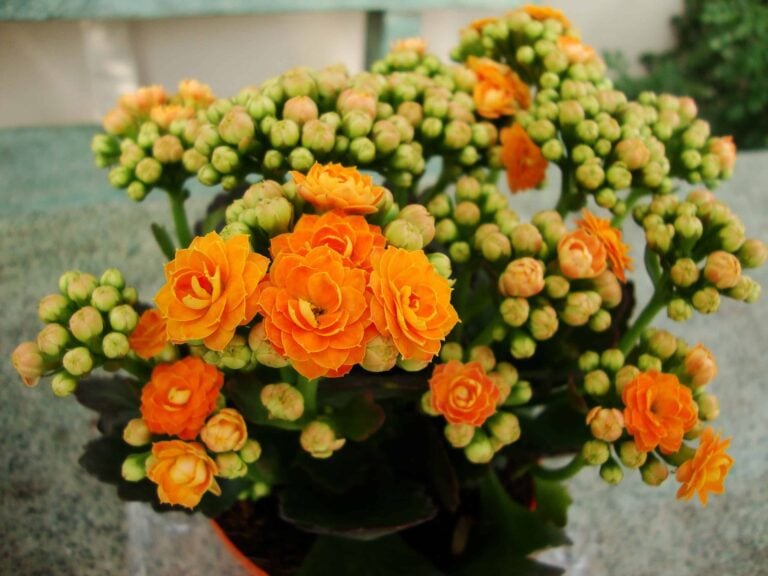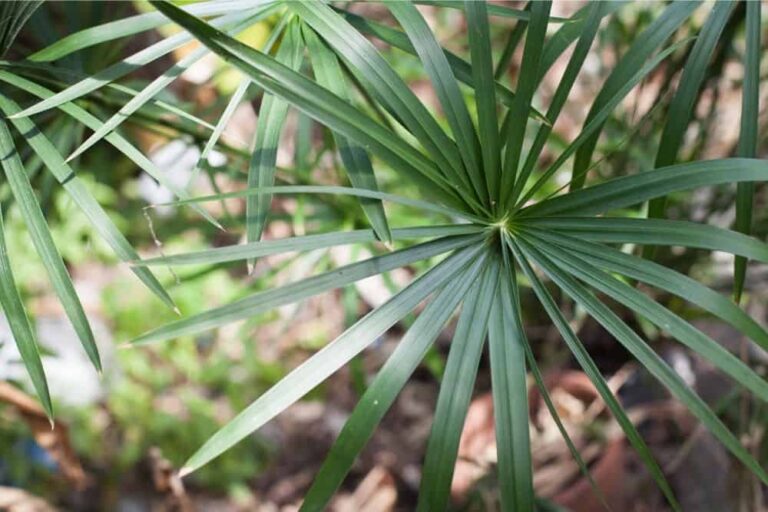Germinating Seeds In Paper Towel Method (10 Tips) / How To Germinate Seeds Using The Paper Towel And Plastic Bag Method
Germination refers to the cycle a seed goes through when it ‘sprouts’. The plant that the seed becomes begins to grow from it, creating a new plant.
This process can take up to two weeks, but many of us do not have the patience for that. So, instead of waiting for your seeds to germinate in two weeks, the process can take just a few days. How? I’ll tell you how.
For this to work, you need paper towel and a Ziploc bag (or several, in fact). This method will speed up the germinating process a lot, but it isn’t a magic trick.
It would be useful to have lights that will aid the growth process for when the seeds sprout, but depending on where you are in the world, it might not be necessary.
What Is Paper Towel Germination And What Are The Benefits?
This method of germination is probably the easiest and simplest way to speed up the sprouting time. All you really need to do in order for this to work is keep the seeds you want to use hydrated constantly.
You can do this by wrapping them inside paper towels that have been dampened and creating a greenhouse effect by sealing them in Ziploc bags.
The process varies depending on the type of seed you are trying to germinate. While some will still take several days, others will germinate overnight.
In terns of benefits, there are a multitude of them. Some of these include:
Little To No Mess – Since the seeds and kept in Ziploc bags, there is no need for soil or any mess. You won’t have to deal with spilled dirt or first under your fingernails – what more could you ask for?
Great For Small Spaces – You don’t need a lot of room to get the germination process done. Even if you have an indoor garden, there will be enough space to get this done.
Germination Happens Faster – You can cut your germination time in half and get your seeds ready overnight. It’s a great time-saver for the impatient gardeners of the world.
A Good Option For Kids- Gardening and learning about nature is a great part of school, and this process is the easiest way for them to do that, mess free!
You Can Test The Viability Of Your Seeds – You never know which seeds will or will not germinate when you plant them, so this method means you can find out before wasting any space!
We don’t all have loads of space for planting, so if you know the germination rate of your seeds, you can save a lot of space.
So, if you want to speed up your germinating process, keep reading to find out the top 10 tips to help you on your way.
How To Germinate Seeds Using The Paper Towel And Plastic Bag Method:
You would be surprised to learn just how easy it is to do this method. It’s as simple as it gets and anyone can do it. All you need to do is:
- Get a paper towel sheet and place it on the surface you want to work on. A half-sized sheet would be ideal. If you have a full sized sheet simply tear it in half.
- Dampen the paper towel using a spray bottle full of tap water. You want to make sure that every part of the paper towel is damp.
- Get the seeds you want to germinate and place them on the paper towel. Ideally, they should be placed an inch apart from one another, so they have enough space to germinate properly.
- Use the spray bottle of water to lightly spray the seed so that they are damp.
- Fold the paper towel so that it wraps around the seeds.
- Put the folded paper towel with the seeds in it into the plastic bag. You can leave some air in it if you want, but it does not matter too much.
- Seal the bag and put it in a warm place so that the germination process can begin.
Where To Place The Bagged Seeds
You can choose any warm place you like so long as it isn’t hazardous. Places like on top of fridges and microwaves are good or anywhere else that gets warm from use.
There are no real rules for this as long as you will remember where you put them and there isn’t a possibility of it catching on fire. It’s completely up to you.
What Kinds Of Seeds Will Germinate Using This Method?
You can probably germinate almost seeds using the paper towel and plastic bag method.
Plants such as cacti, lavender and papaya are said to do well with this germination process.
However, there are plants such as kale, some flowers and cool weather crops that would either not benefit front his method because of its short germination time or because they prefer different conditions.
A few possible options to start out with include:
- Beans
- Broccoli
- Clementine
- Cucumbers
- Eggplant
- Green Beans
- Kiwi
- Lemons
- Mixed Beans from a soup mix
- Peas
- Peppers
- Pineapple
- Snow Peas
- Squash
- Tomatoes
- Turnip
- Wax Beans
- Zinnias
- Zucchini
Tips To Help You Get Your Seeds Sprouting
There are a few things you can do to aid your journey when germinating seeds using this method. You can:
- The first seeds you germinate should be the ones that usually take the longest to sprout – some seeds will naturally germinate faster than others (like peas), so using this method to help plants like eggplants, tomatoes and peppers germinate will be a great place to start.
- Always write the type of seed and date on the plastic bag you use – it is probably best to use something waterproof, like Sharpie, for this. Doing this will help you keep track of what you planted and when, so you will never be overwhelmed and stress over dates again.
- Use a journal to keep track of all your efforts – keeping a journal will help you steer clear of making the same mistakes. You can keep track of everything you do (and don’t do) so that you can be better prepared for the next time you try germinating.
- Take your time – it would be easy to get all of your seeds nicely packed in their bags in one day, but why would you do that? If germinating is something you enjoy, space it out so that you can keep enjoying it and have something to look forward to the next day.
- There is probably a reason your seeds aren’t germinating quickly, so do not be discouraged if it takes some time. If you are having trouble with this, the points below should help you get on the right track.
Reasons Your Seeds Might Not Be Germinating
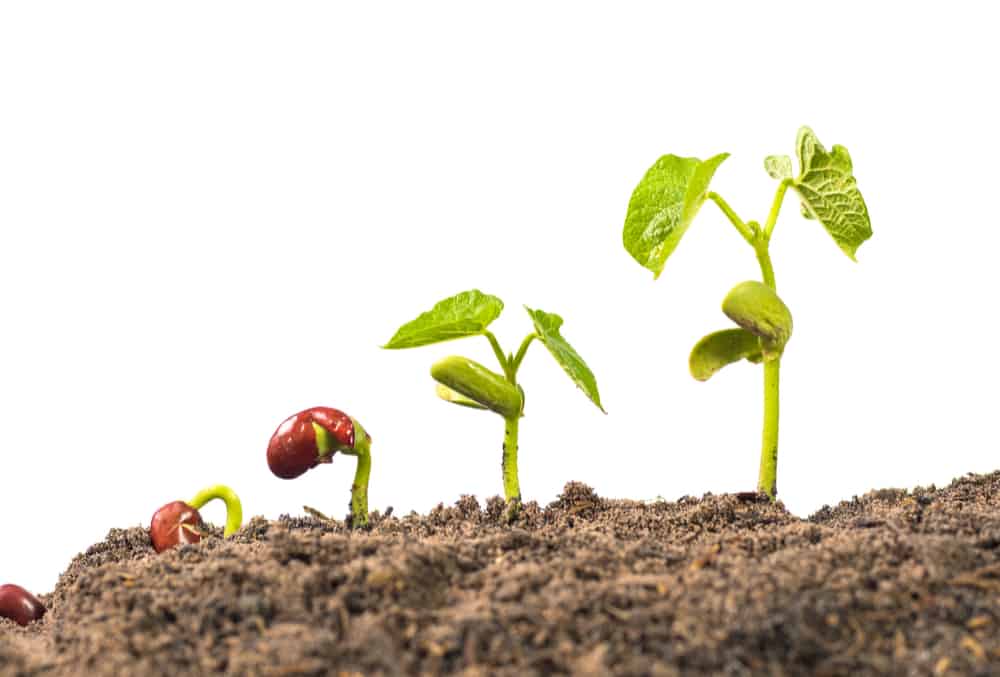
We all run into problems sometimes, and most of the time there are ways to fix things. Sometimes we think there is a problem where there isn’t, too, so that is also something to be mindful of.
The time is takes for seeds to germinate will vary for every species, so if you think something is wrong within the first few days, chances are you are simply impatient.
With that being said, you might encounter a multitude of problems when it comes to germinating. Below are some common issues and how to overcome them.
Is Your Paper Towel Too Dry?
If you paper towel gets too dry, you seeds are unlikely to germinate. They typically need constant hydration in order to sprout. Double-check your paper towels if you think they might be too dry and spray them with water if they are.
Is Your Paper Towel Too Wet?
If your paper towel is too wet then the seeds will absorb too much water and rot. If your seeds rot, they will not germinate, and you will have to try again with a new batch.
Do Your Seeds Need Cold Stratification?
If your seeds need the cold in order to germinate, place them in the refrigerator for one or two weeks, so they can cool down. After this period, try again and see if they germinate.
Do Your Needs Need Sunlight?
Some seeds need sunlight in order to germinate. If this is the case, you can stick the plastic bag to a window or place it on the sill so that it can get as much sunlight as possible.
Are Your Seeds Too Old?
While it is possible to germinate old seeds, it isn’t always the easiest. There are things you can do that may bring them to life, but it isn’t a foolproof method. If you want to find out how to bring seeds back to life, there will be a section on it down below.
Are Your Seeds Simply Not Viable?
Sometimes you just get a bad batch of seeds that don’t germinate. Unfortunately there isn’t anything you can do about it except buy a new batch and try again. Sometimes it’s just like that, though.
Germinating Old Seeds
If you think your seeds are old and that is the reason they are not germinating, you can try this to fix the problem. These steps should only be taken if your seeds have not sprouted in three weeks or more.
Because seeds are made up of an outer layer, this layer can sometimes become too hard and form a shell. When this happens, no water will penetrate the seed and begin the germination process. If this is the case, you can try:
- Dilute 10ml of Fulvic acid per liter of water
- Use some sandpaper to scuff the seed’s outer shell. Doing this will create tiny abrasions on the seed, allowing water to be absorbed into it.
- Use water that is lightly carbonated. The extra carbon dioxide in the water will aid in the water penetrating through the seed
- Try using some kind of seed booster a light enzyme. One that works well for this is Plagron Nutrients
- If all else fails, use a small knife like an Exacto knife to slice down the seed’s spine. By cutting the seed open you are allowing the water to penetrate the shell and start the germination process.
How Long Will Your Seeds Stay Viable, And How Do You Extend Their Life?
Just because a seed may be ‘out of date’ does not mean that it is no longer viable.
Out of date seeds can be grown just like any other seed, though the longer they have been out of date, the more difficult it may be. There are three primary things that dictate the seed’s viability. These things are:
- The Age of the Seed Itself – every type of seed will be viable for one year minimum. Most will be viable for up to two years, but after that there are low germination rates.
- The Type of Seed – the species of your seed will have a big effect on how long it stays viable. Some seeds do not tend to be viable after two years (such as peppers and corn) whereas others can last up to four years (tomatoes, peas, carrots and beans). There are seeds that can manage to stay alive for as long as six years (lettuce and cucumber), so this is something to bear in mind when looking for seeds.
- Correct Storage Conditions – if you want your seeds to be viable for as long as possible, you need to store them correctly. To do this, always keep your seeks in a place that is dark and cool. Drawers can be a good choice as well as the vegetable or produce drawer of your refrigerator.
A Conclusion On Germinating Seeds Using The Paper Towel And Plastic Bag Method
This method is a great option if you have limited space. Using plastic bags and paper towels for germinating takes up so little space, and they can be placed almost anywhere.
If you were going to use the traditional method for germinating your seeds, a lot of space would be taken up and unusable for the duration of the germination process.
On top of that, this paper towel method is dirt-free and a much better option if you are thinking about getting children involved.
In the same breath, dirt can be fun, so you might feel like you are missing out on that traditional gardening experience. If that is the case, don’t worry about it.
Sometimes a bit of dirt isn’t the end of the world, so if that is the method that makes you happy, keep doing it – as long as you at least try this method, too.
Lastly, this paper towel method is great for keeping an eye on your seeds. You can check on them daily if you wish and can see every step of the process. If you are covering your seeds with dirt, you will miss all of that magic.
Overall, this method is a winner. Whether you want to have a mess-free germination process, want to save space or want to watch your seeds as they grow, this method gives you the chance to do that.
You can have so much time by using a paper towel and plastic bag, it almost doesn’t feel real.
If you find yourself growing impatient every year when it is time to germinate your seeds, give this method a try. It might just change your life.

